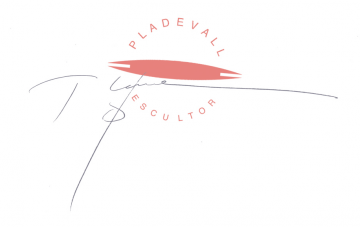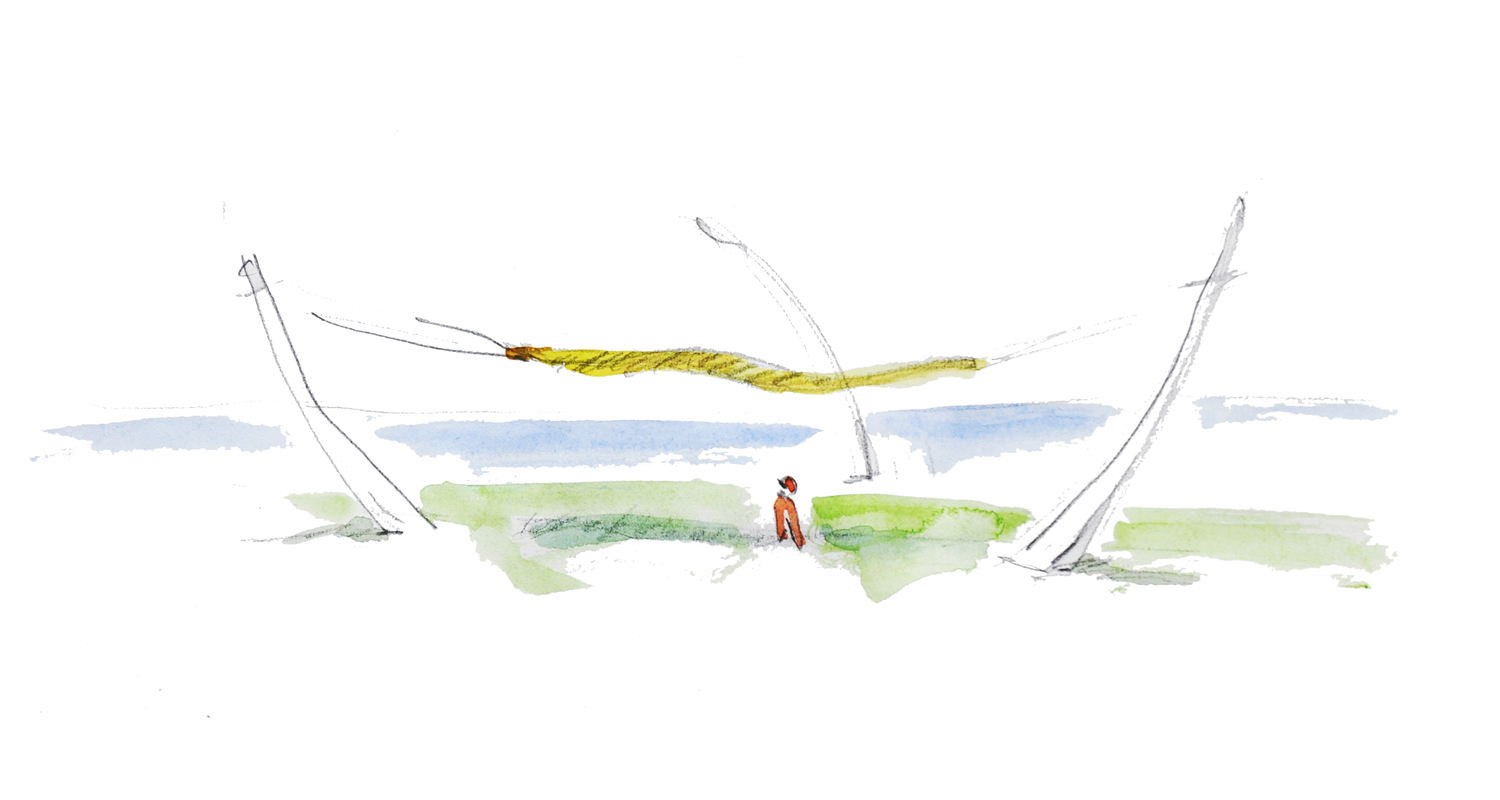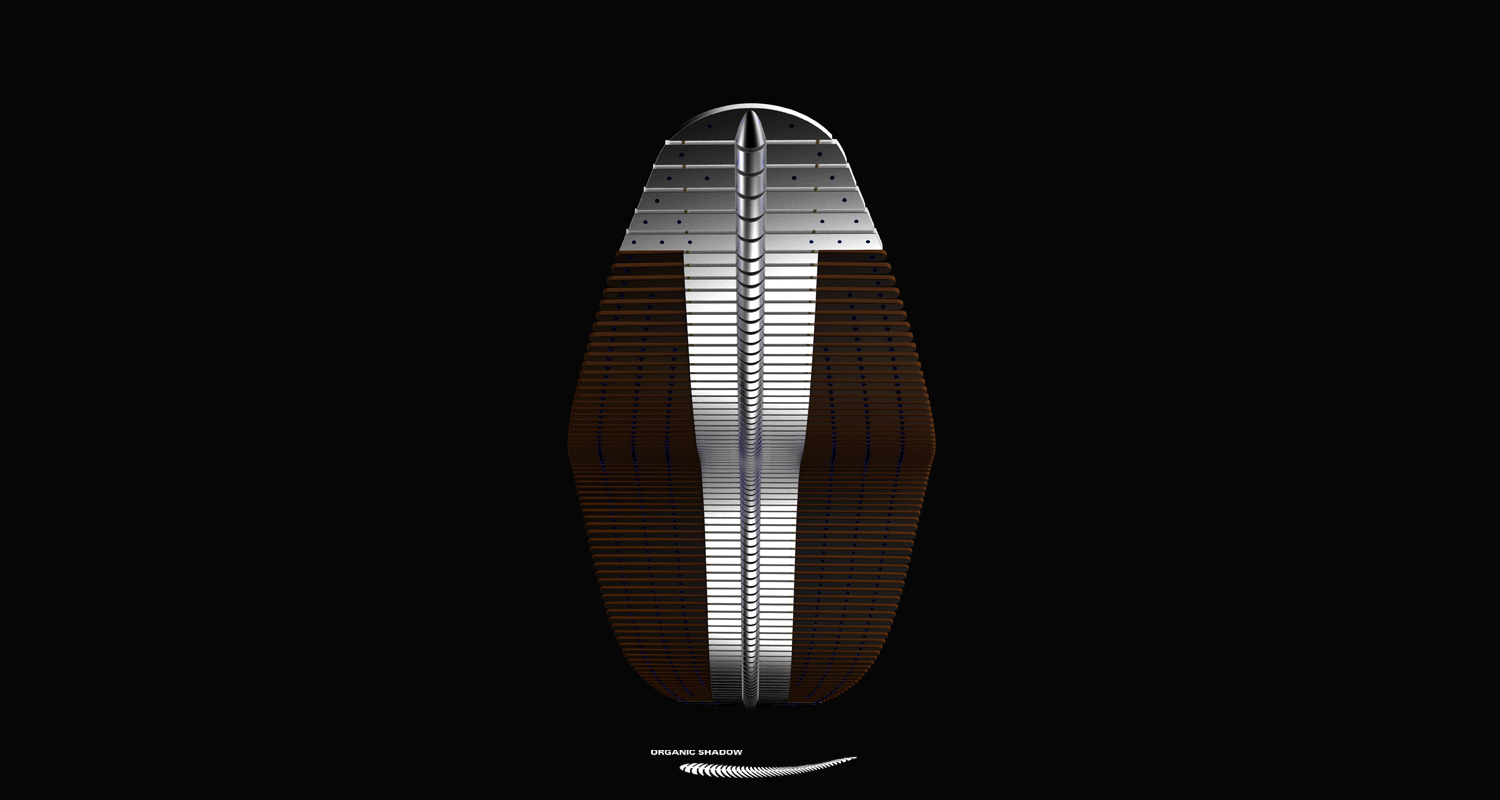
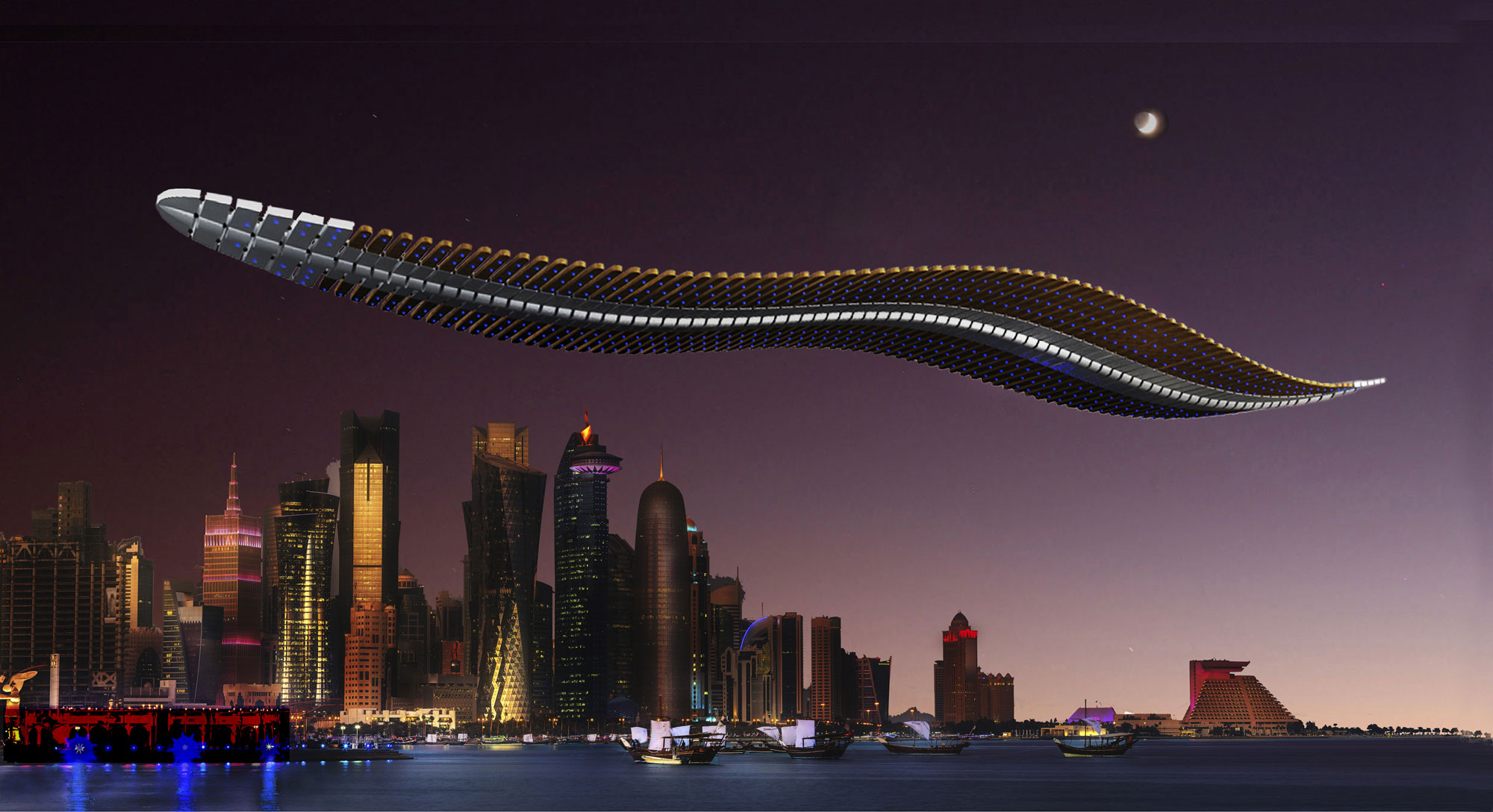

a sculpture by Enric Pladevall
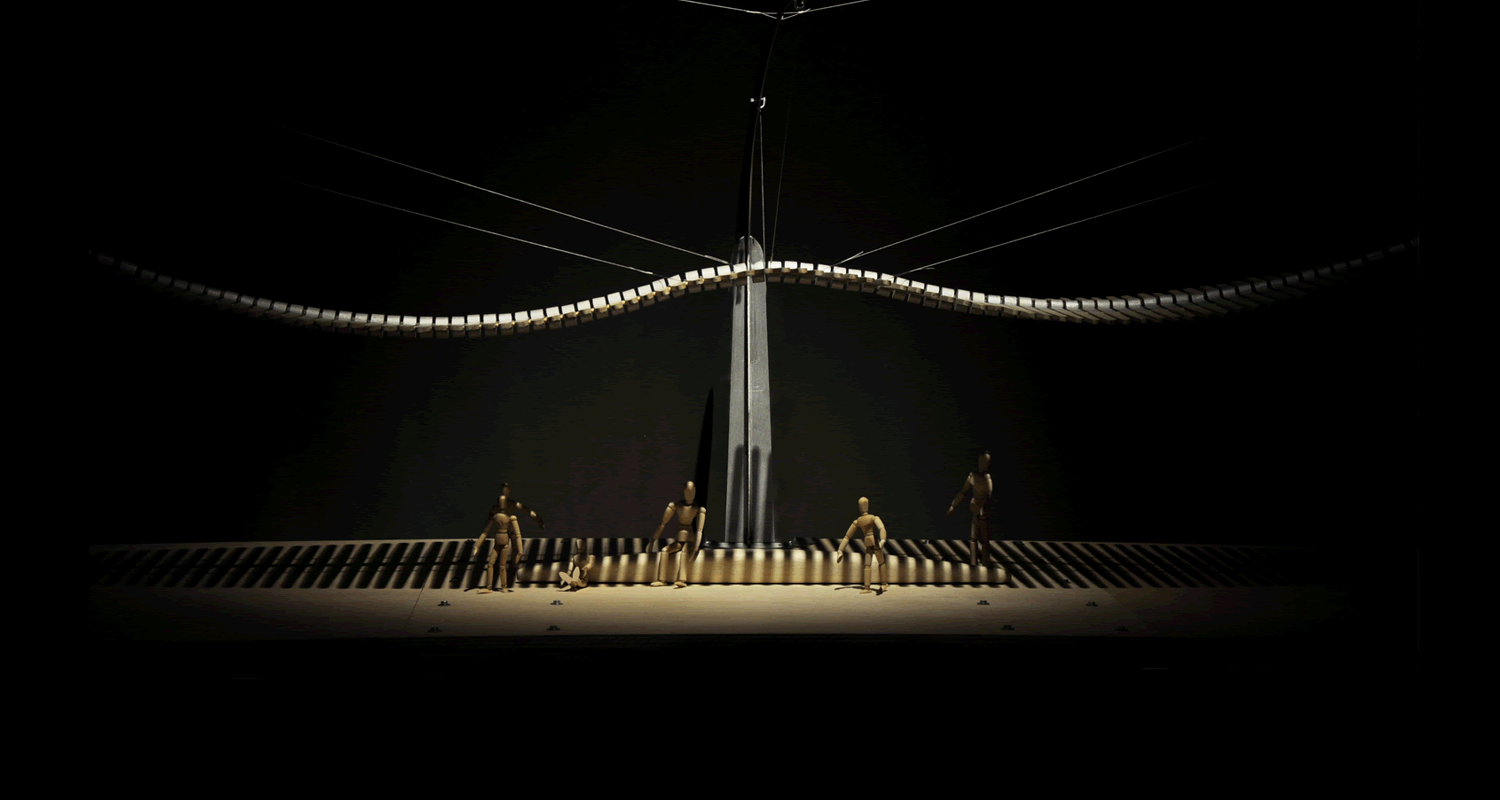
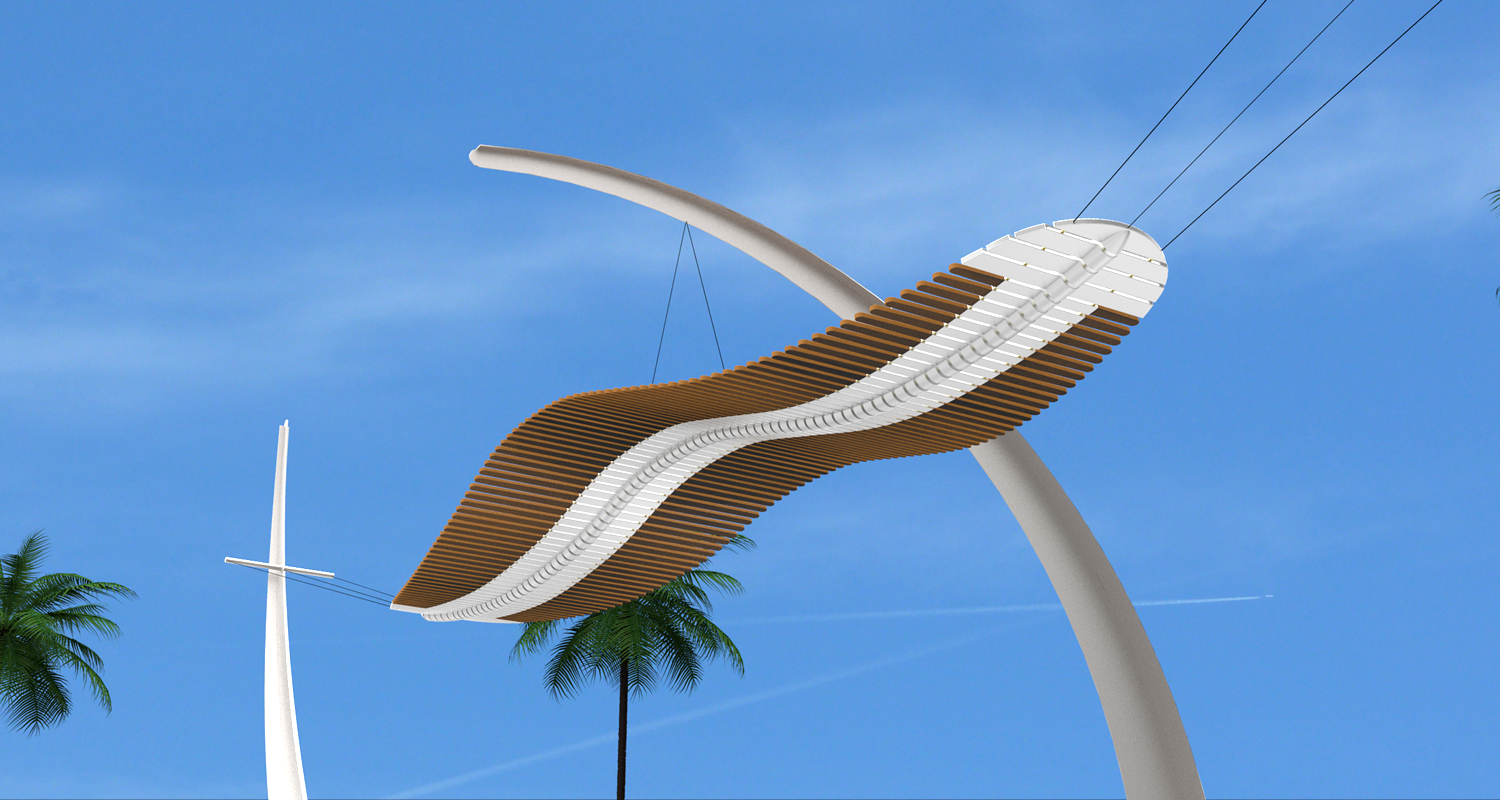
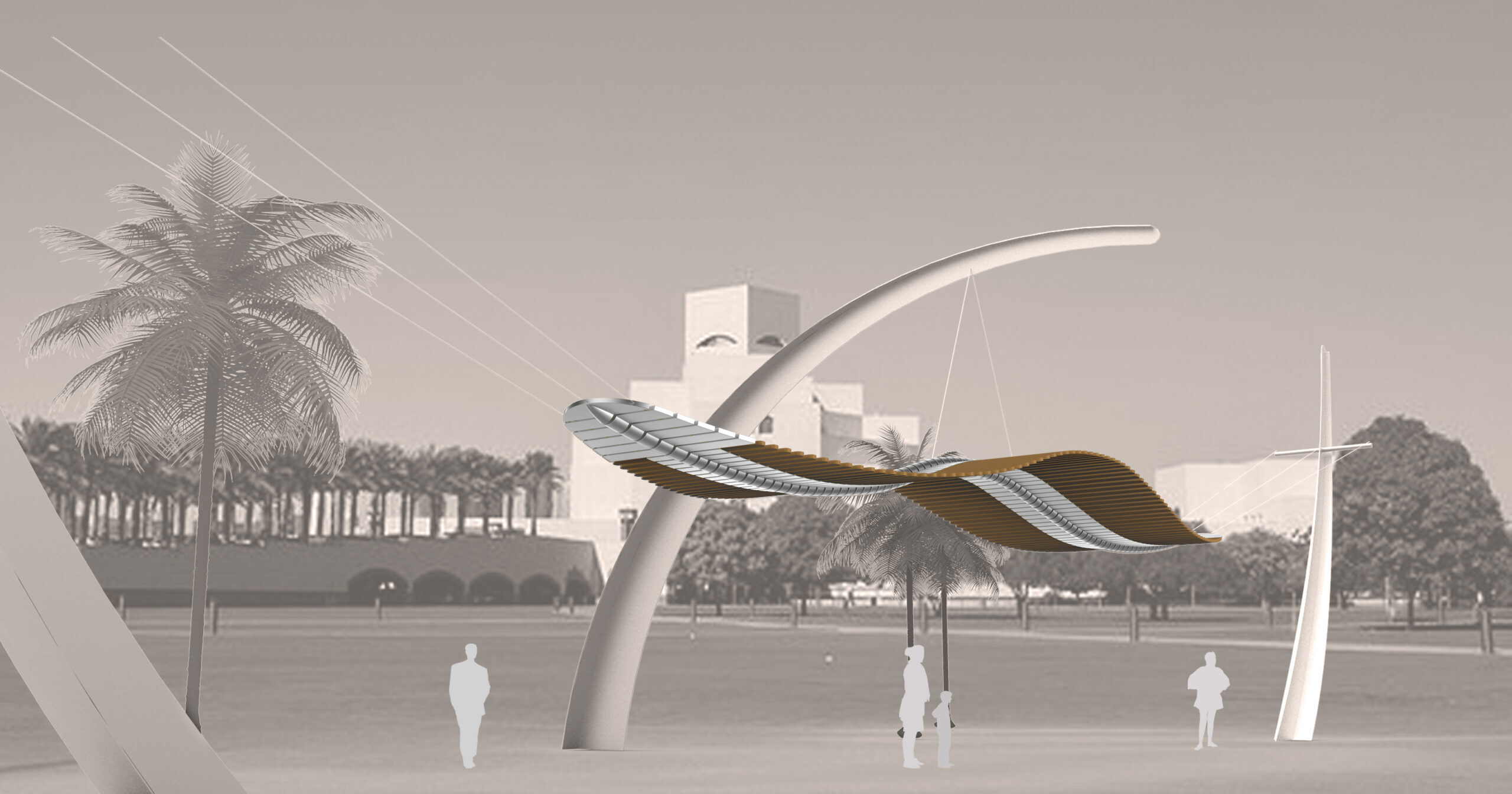
Jorge Wagensberg
Physicist
For thousands of years, bacteria were the only living creatures that swam about the planet. Consequently, something remarkable must have happened during the timespan between these early bacteria and Mozart, for example. Various innovations have taken place, one after the other, though the most important have an essential detail in common: in some way they signify the emergence of a centre, a co-ordination centre, a control centre, a concentration of some kind of intelligence. The first major event was undoubtedly the development of the cellular nucleus of eukaryotic cells, a distinctive place where almost the entire life is managed of cells that have to serve as veritable building blocks for animals and plants. While living beings drifted or allowed themselves to be carried by currents, not much more was required. But when food began to run short, then the need arose to invent mobility, willed and directed movement; if food does not spontaneously crash into a living being, then that living being must go off in search of it. This requires additional and hitherto unseen features. Isotropy (all directions are equal) favours forms that are circularly symmetrical (jellyfish, sea urchins, sponges and the like), but movement breaks the isotropy because the direction of the movement is very special and so forms of bilateral symmetry in relation to an axis perpendicular to the movement developed (all animals that move display this: fish, arthropods, reptiles, birds, mammals, etc.). But there is more. Movement requires you to perceive and interpret the surroundings, make decisions, orientate yourself and so on. In other words, information must be processed. Nerve cells were first concentrated in ganglia and then gradually gave rise to a large co-ordination and control centre, the brain. Animals that do not move do not have a brain because they have no need of one. The brain was invented in order to leave home (and memory in order to return home). We now have multicellular animals with the ability to move and to process information. In general, however, they were either too soft, and hence vulnerable to predators, or they were heavily armoured and so weighed too much to be able to move agilely. Another major event was therefore called for, another great innovation,
another tremendous discovery in the history of the evolution of life. How would it be possible to do away with the external armour? How could the entire structure of the body be supported? How could such a structure be made flexible, strong, stable and safe in response to any movement, need or emergency? How could the system be made to adapt conveniently and automatically to the living individual’s growth? The solution is unique. It seems unique. Fish invented it and all vertebrates should be grateful to them for their existence and viability: it is graceful, pliable, durable, flexible, powerful, taut, adaptable, modular, ingenious, hardwearing, unrepeatable, sensible, well connected and wired, full of outlets, inlets and bifurcations, an excellent distributor of everything, of loads, signals, braces and flows. Fish, reptiles, amphibians, birds and mammals have it: it is the backbone, one of the three or four major developments on the path towards humankind.
In the sculpture entitled Organic Shadow, the artist Enric Pladevall has captured that crucial instant in the history of the cosmos with each and all of its nuances. The backbone has, then, been invented twice. Once by nature and the second time by the artist.
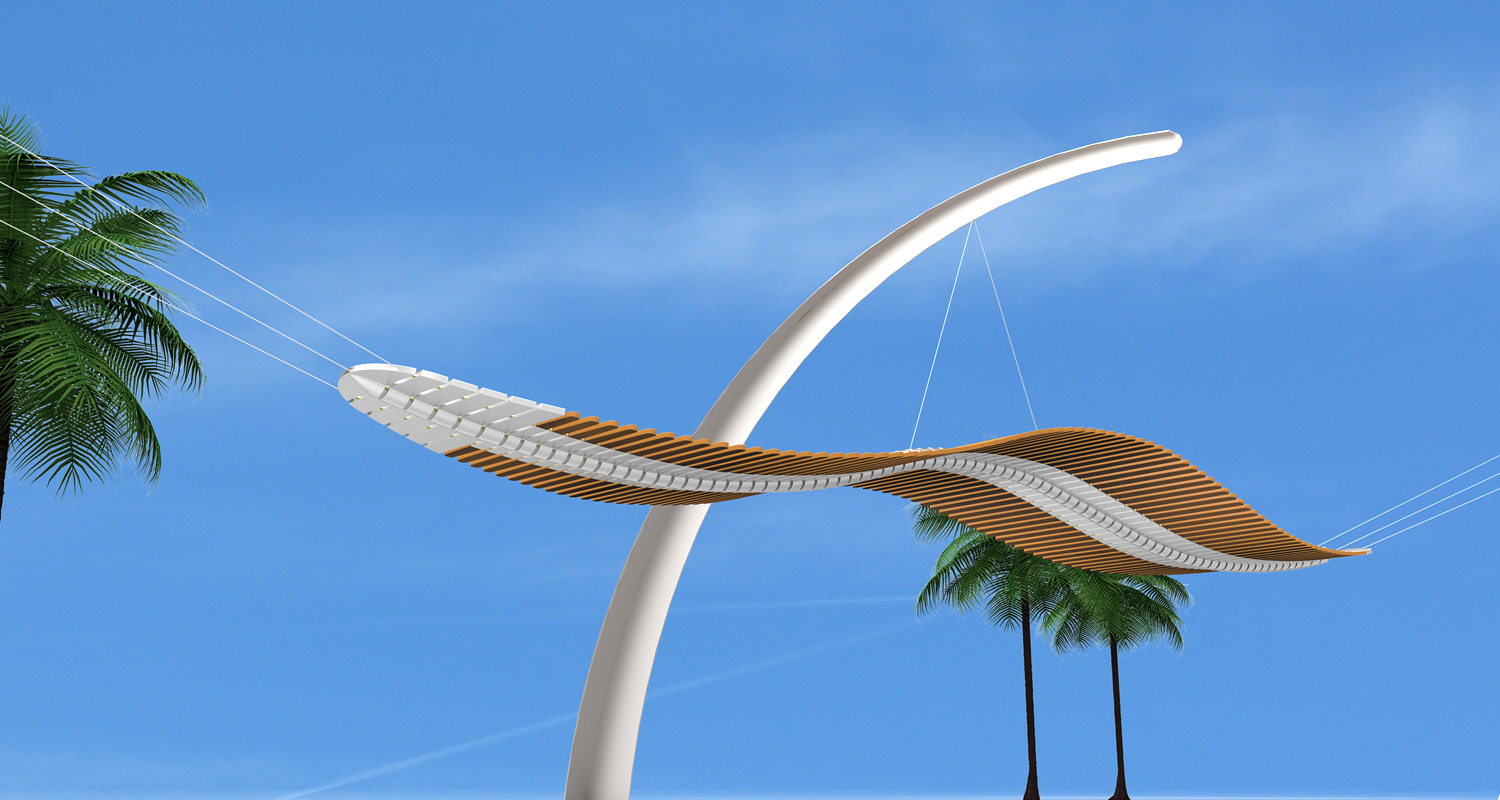
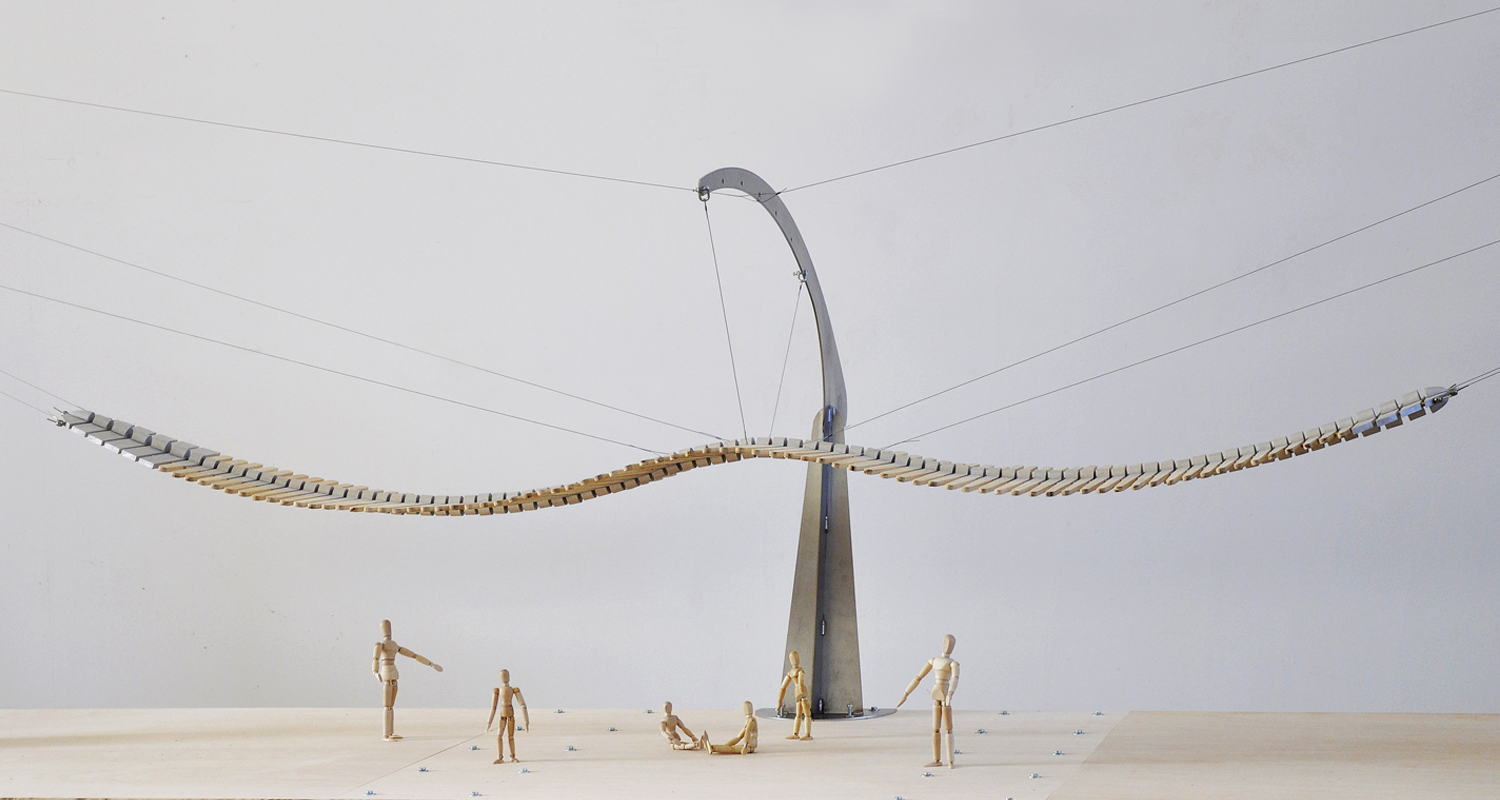
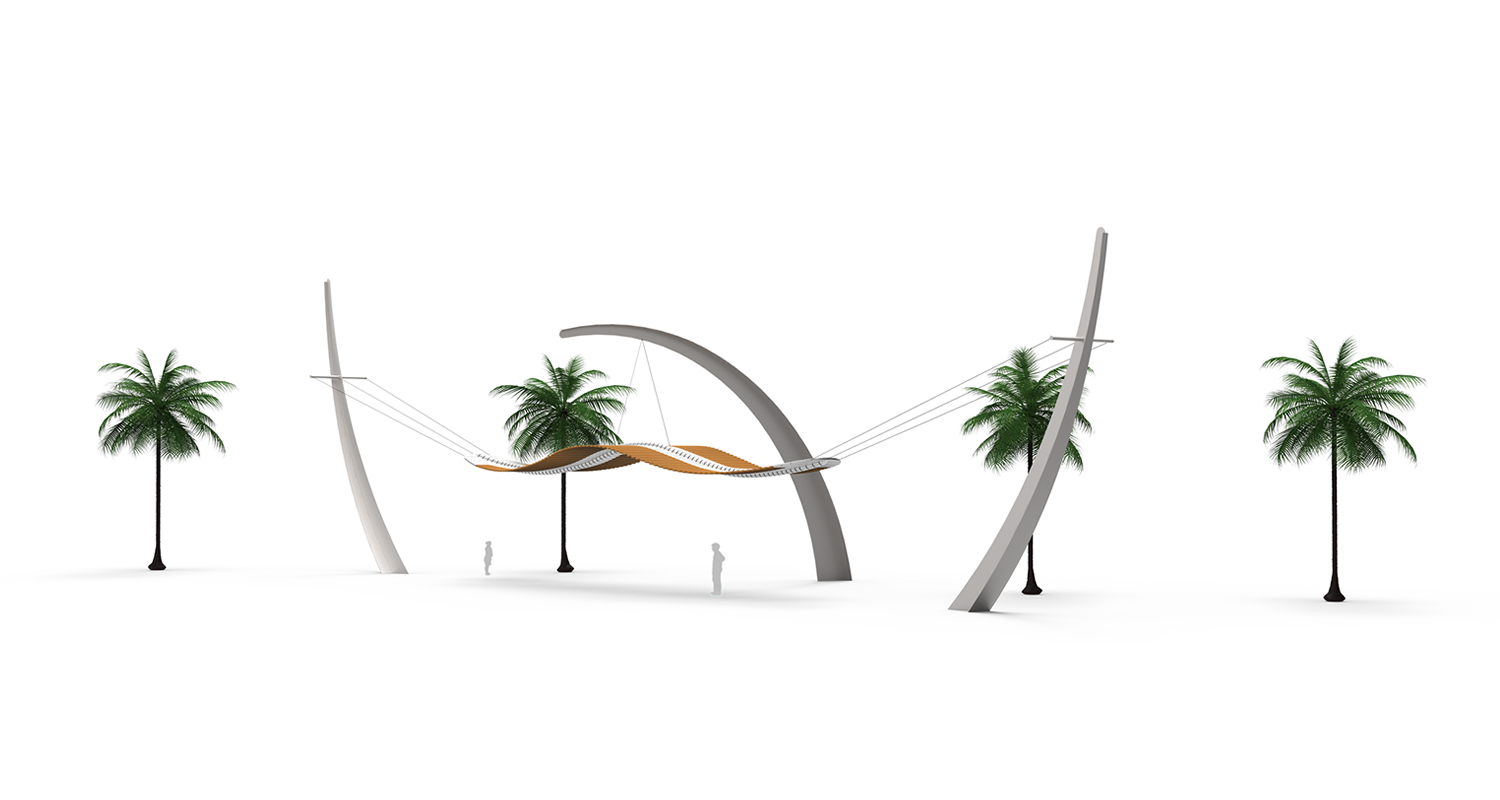
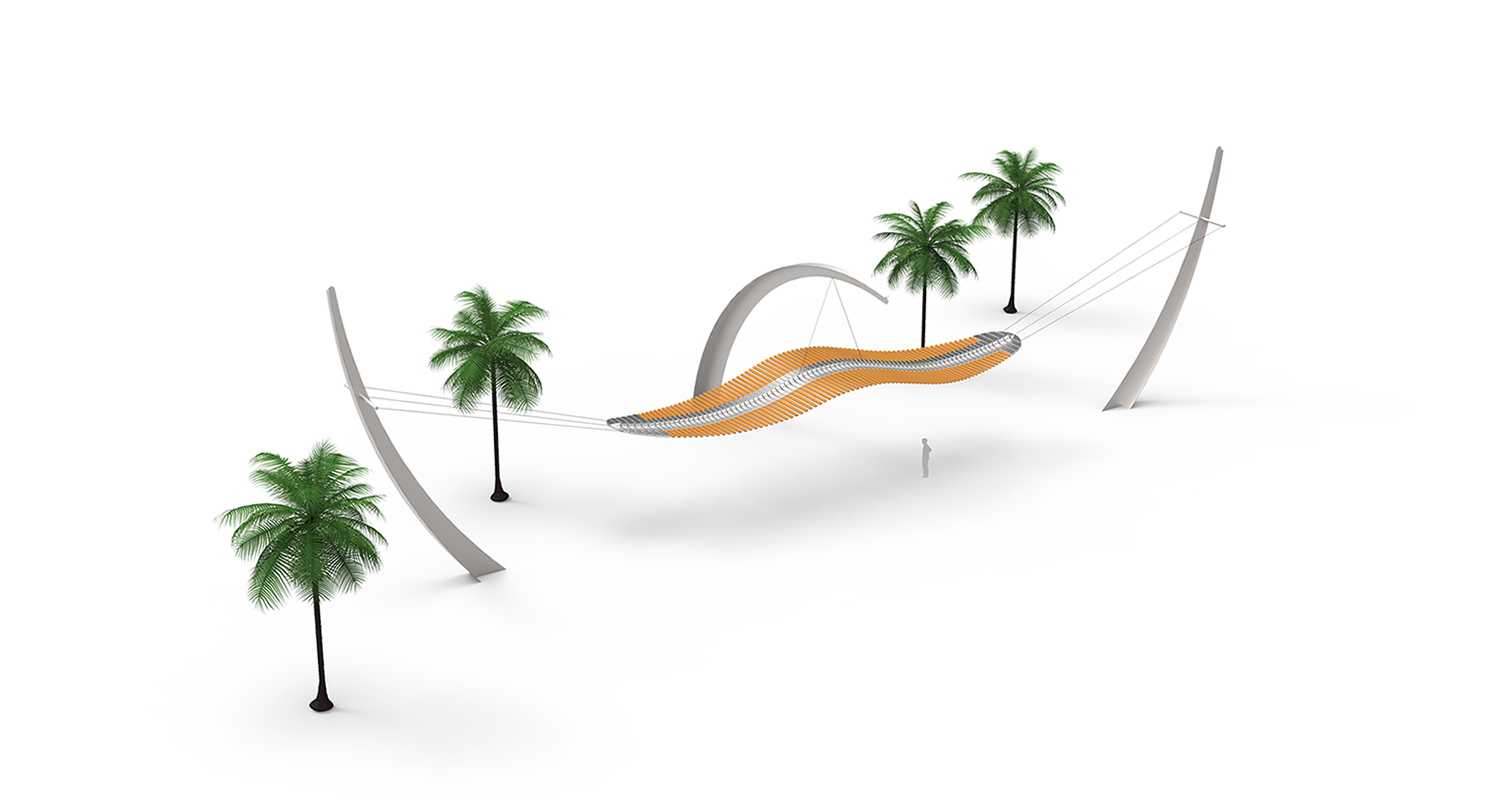

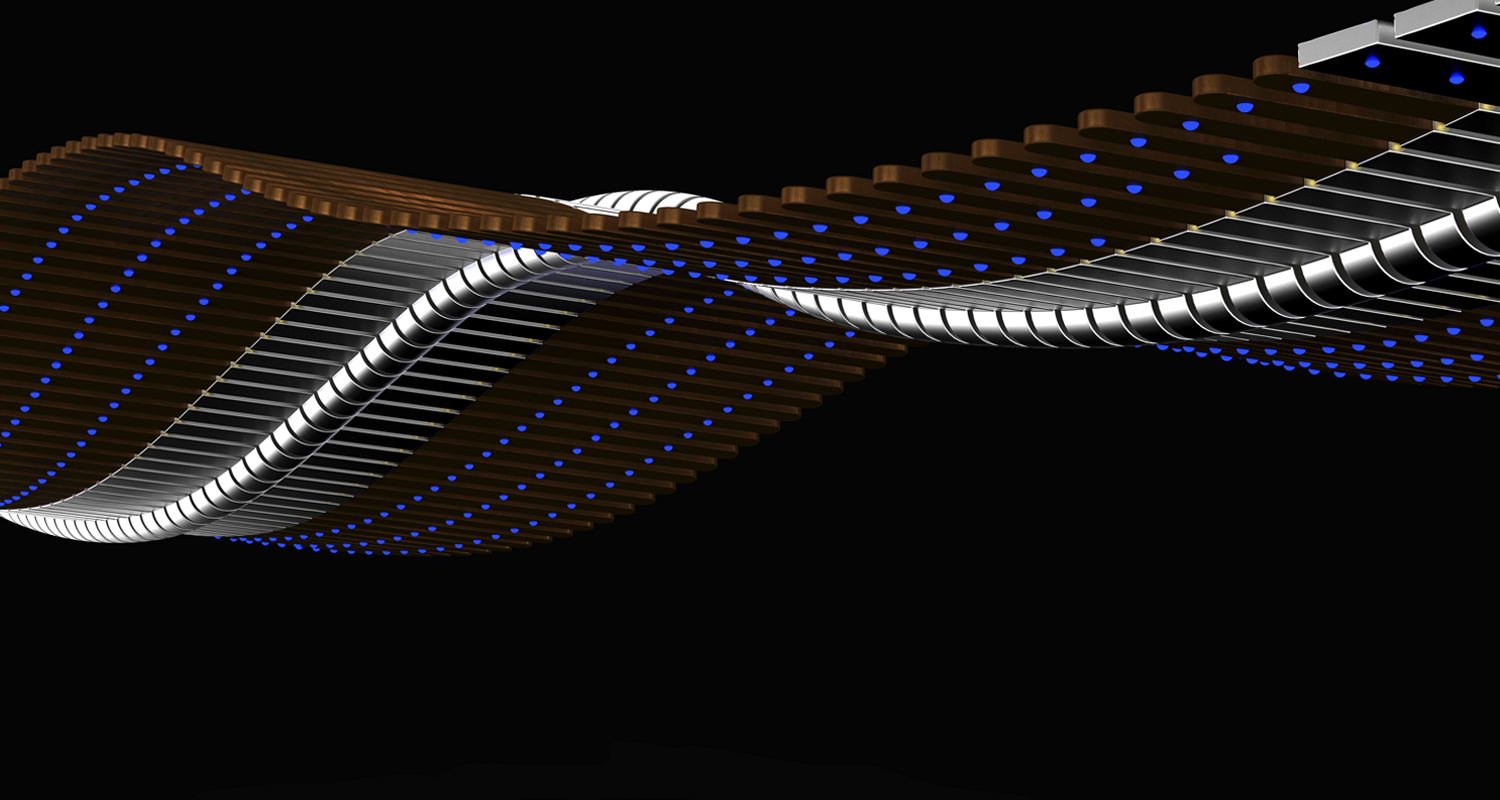

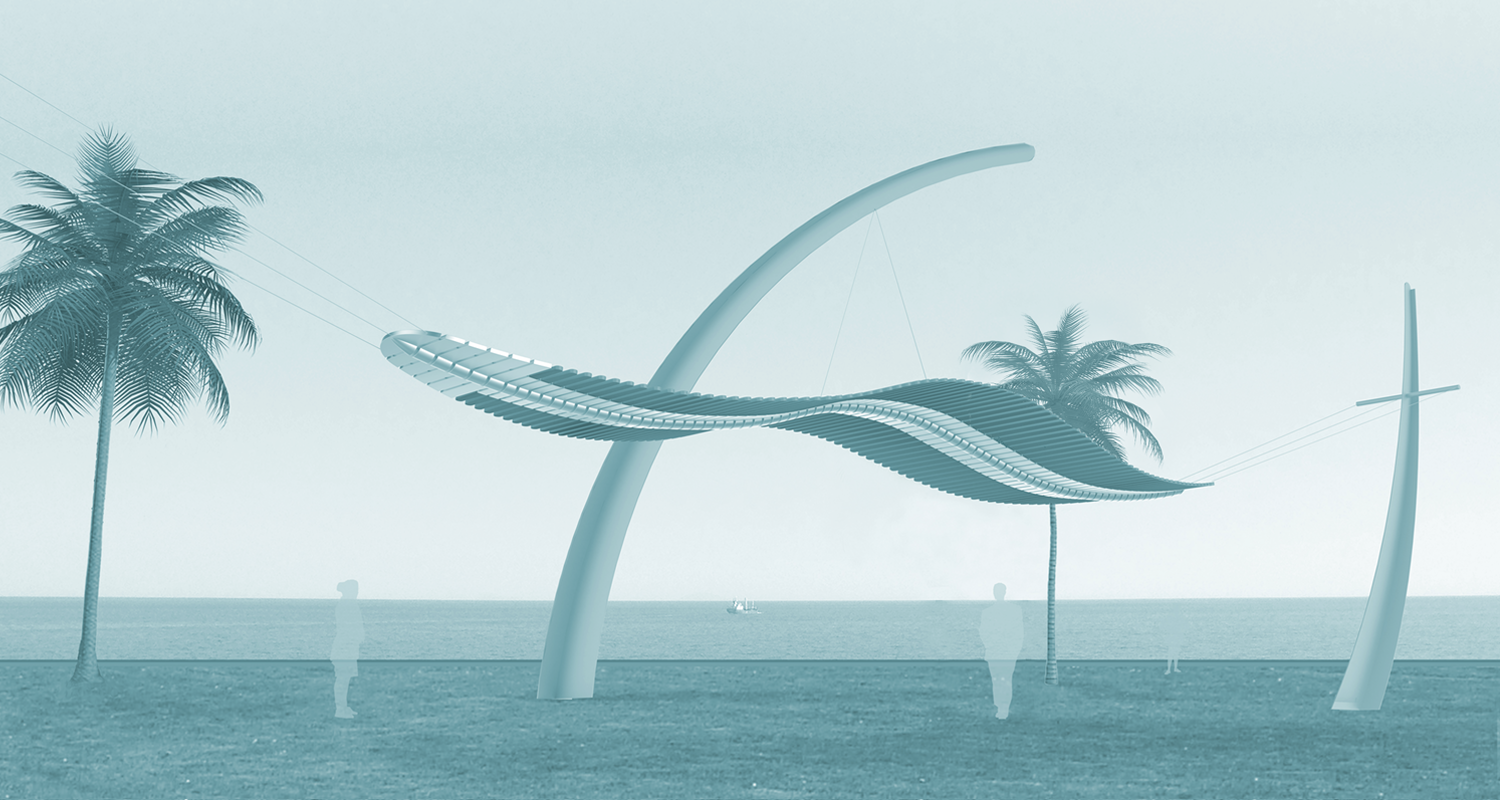
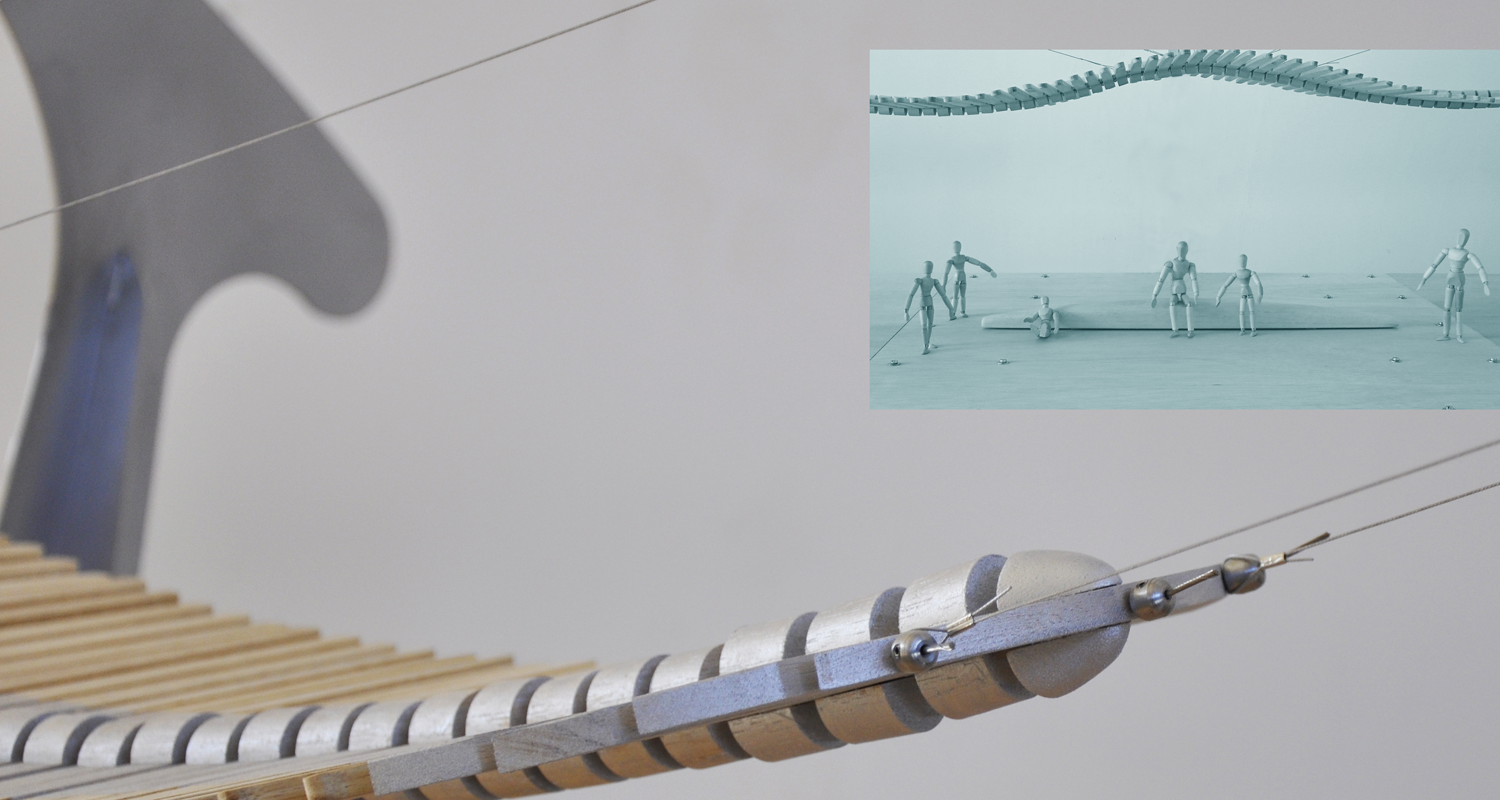
Enric Pladevall
sculpture
artistic and technical report
Organic Shadow is a dream that started 20 years ago with the ten Pladevall Virtual Projects that I made with my friend Xavier Verdaguer and which were shown at the Maeght Gallery in Barcelona in 2001. A long time afterwards in 2014, the dream wanted to become reality, and the first step was to find out whether it could be done. I took advice from my friends Rafa Cáceres, an architect, and Manu Reventós, an engineer. Rafa told me to do what Gaudí did and make a model. I accepted the challenge and made a 1:10 scale model in the final materials. After 20 long days of work, I confirmed that I could make the full-size work. I did experimental tests with winds of 300 km an hour.
Organic Shadow is intended to be the artistic expression of the relationship between the cities of Doha and Barcelona. The sea is a connecting point that unites them. The work is inspired by the simple bones of a sole, the sculptural possibilities of which suggested to me the idea of building a vast awning: an organic and technological shadow; a space for dialogue and reflection; a place where architecture, nature and sculpture co-exist. At night, the slats are lit up subtly by blue solar LEDs and at midnight they beat like a heart for a minute.
The sculptural assembly is joined together by balls that serve as joints, linking the aluminium, stainless steel and wood blades, which are connected internally by three stainless steel cables (12 mm) and two additional outer cables that ensure the work is stable, and give it its curves.
The awning is raised between 3.7 and 5.5 m above ground level and is supported by three stainless steel structures: two of them are a large continuous arc while the third undulates, which makes the whole assembly stable. At the top, there are two further safety cables.
TECHNICAL REPORT
| Location | Doha Harbor |
| Material | Stainless steel, cast aluminium, wood and light |
| Dimensions | 40 m long x 10 m wide x 14 m high |
| Steel towers: two between 12 and 13 m and one 8.7 m high | |
| Weight | Approximate weight of the shade 3 tonnes |
